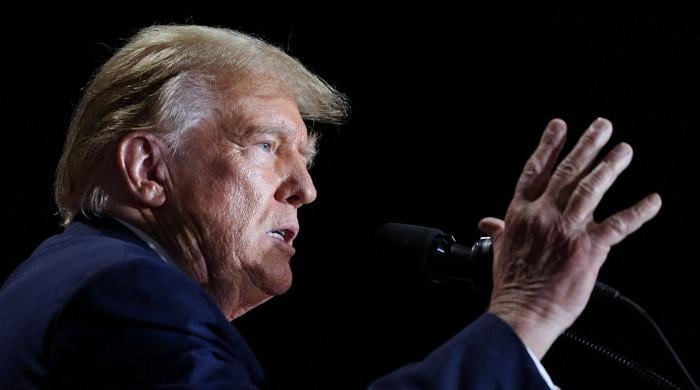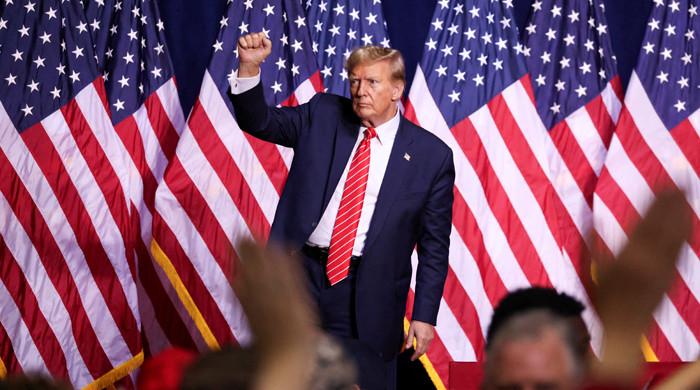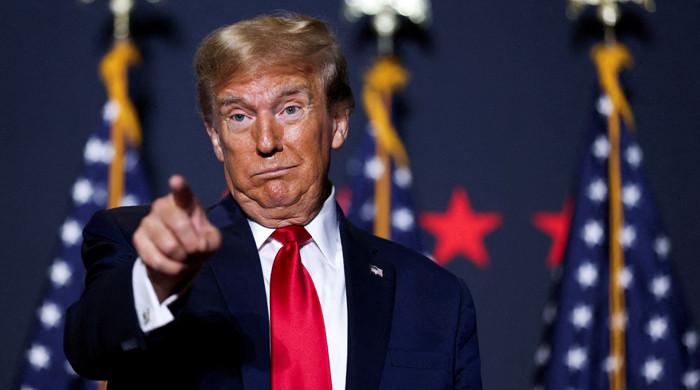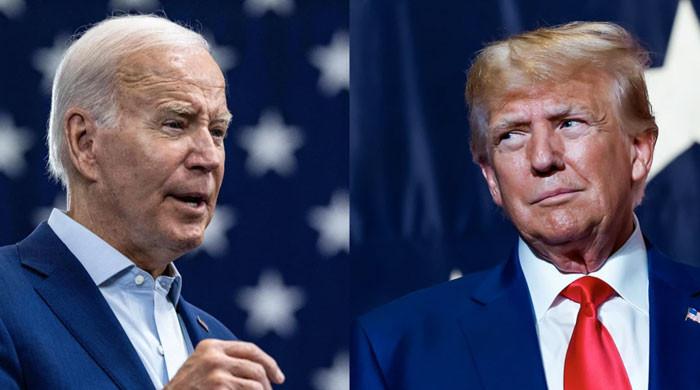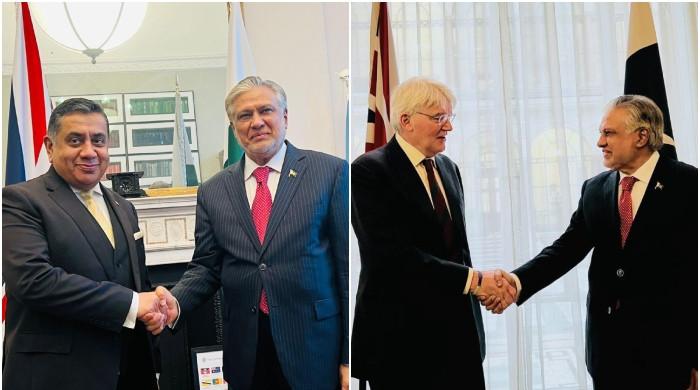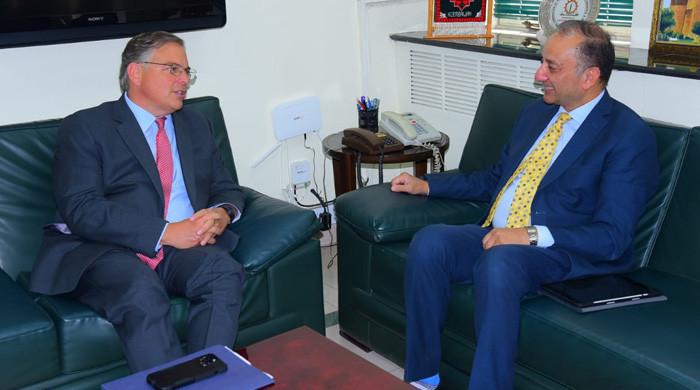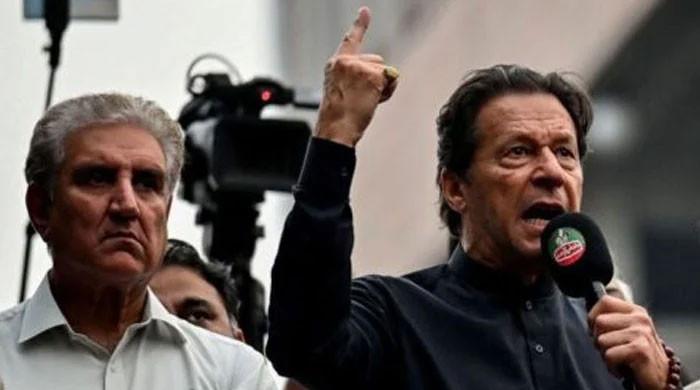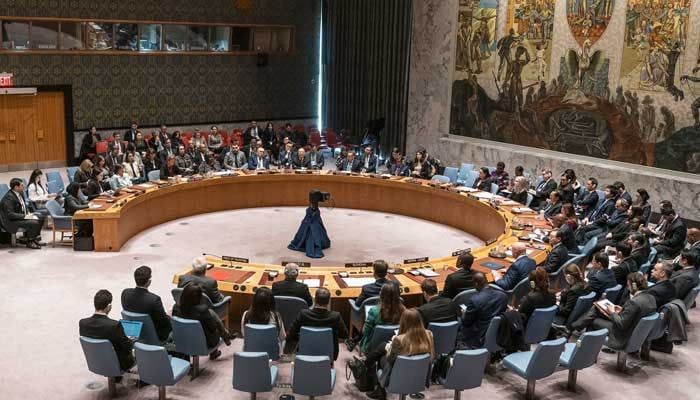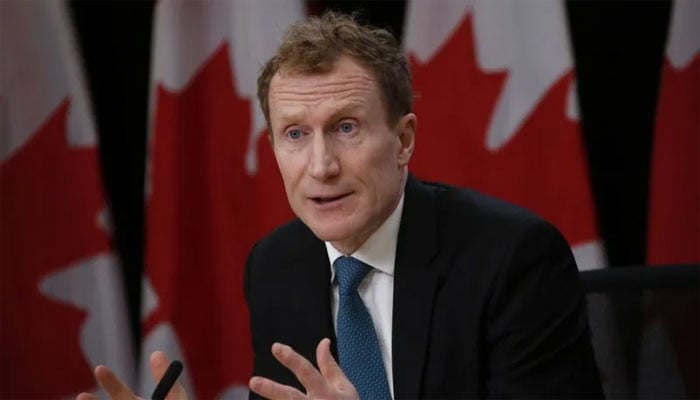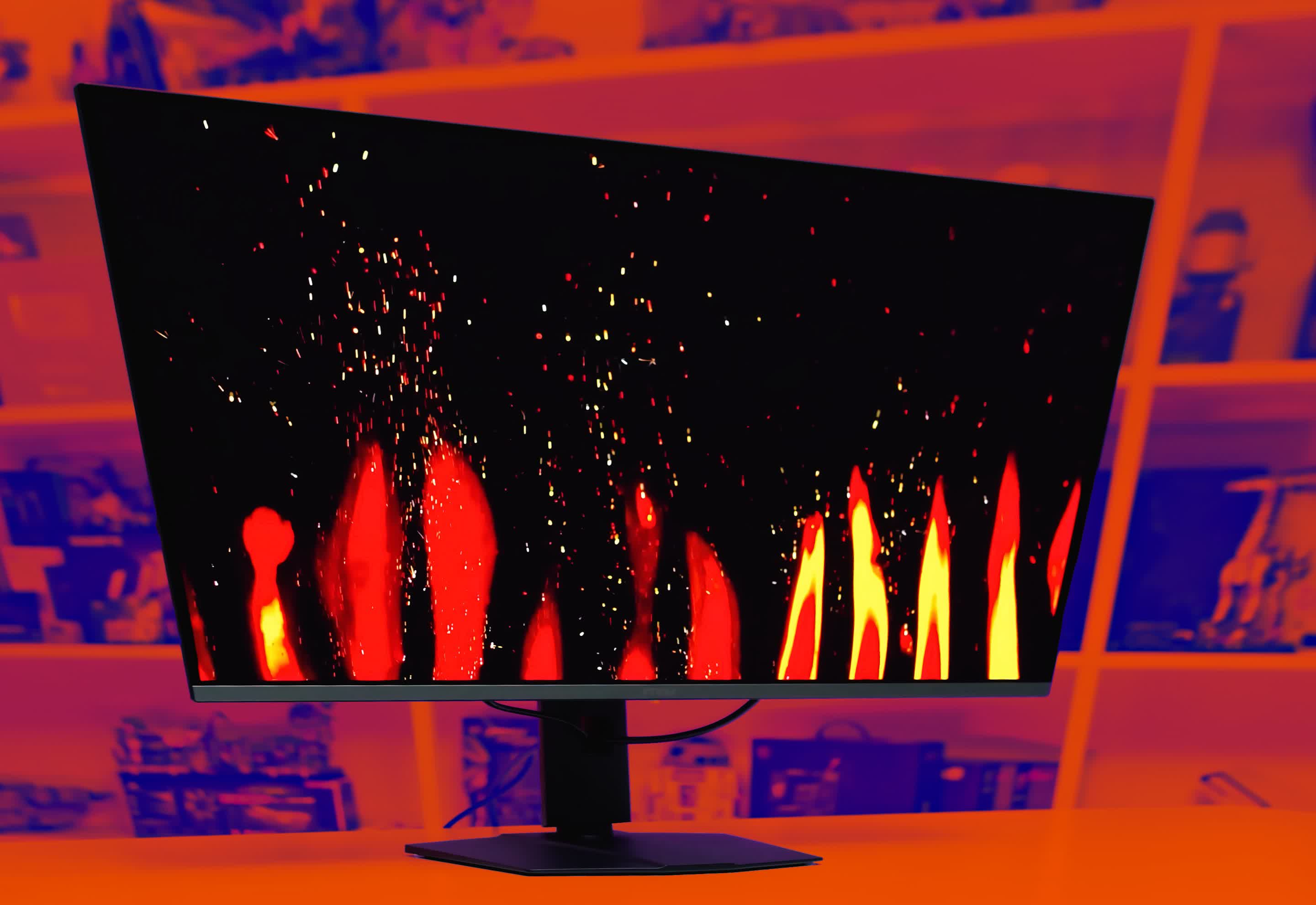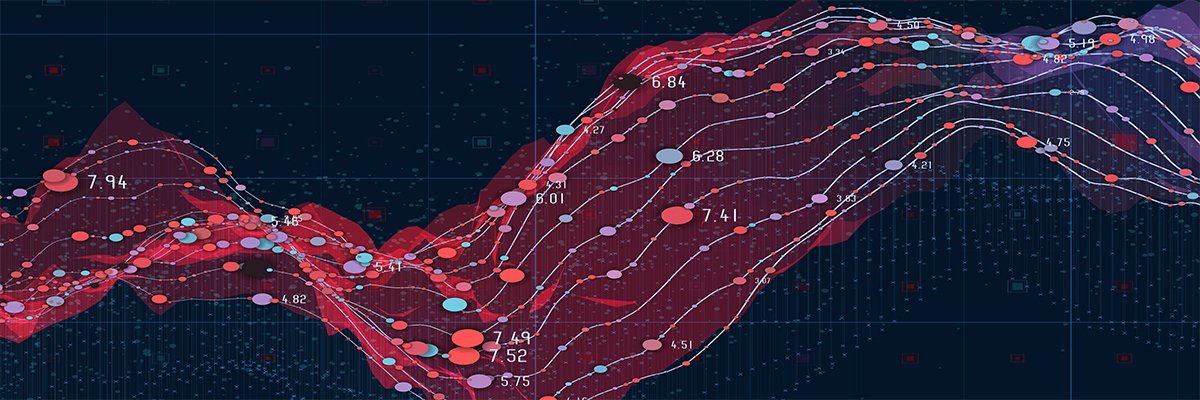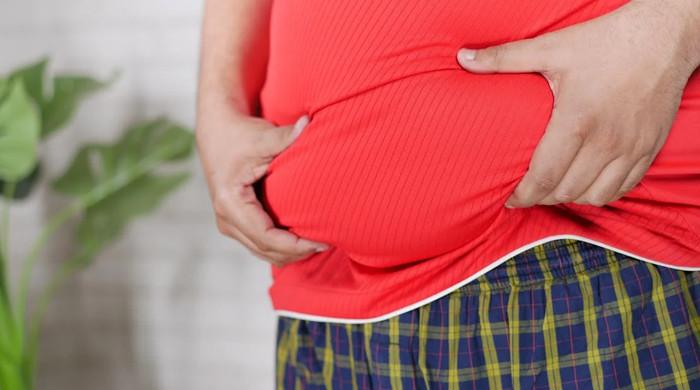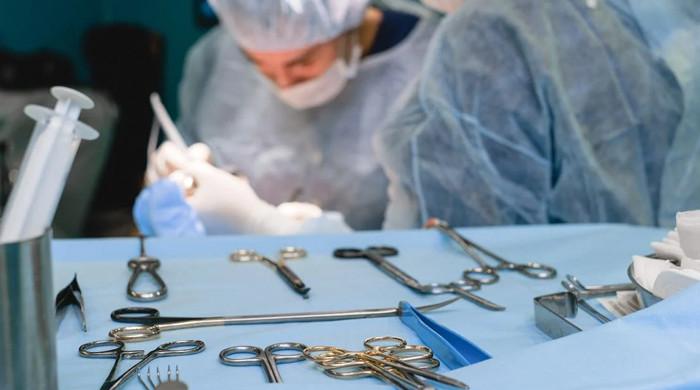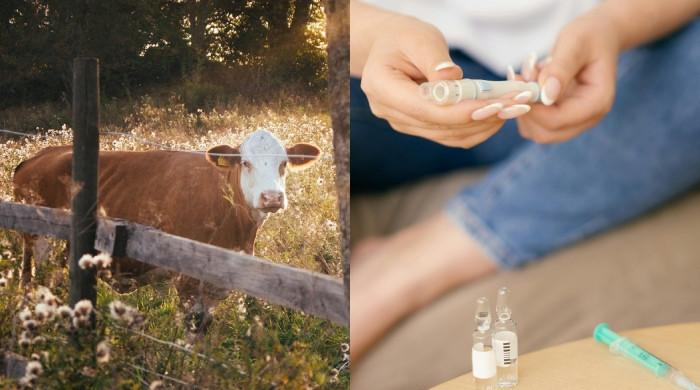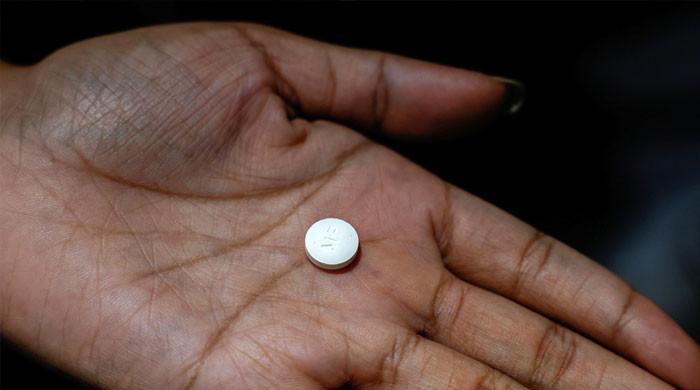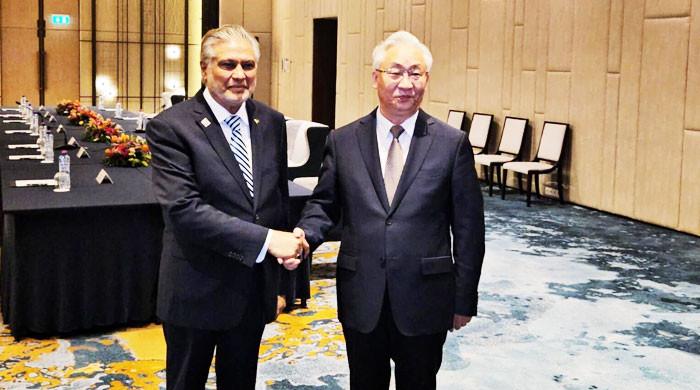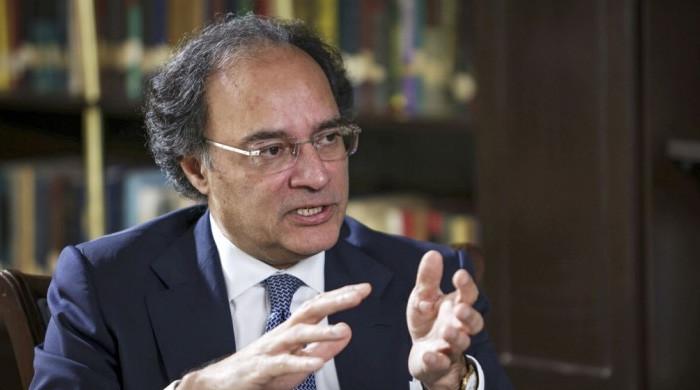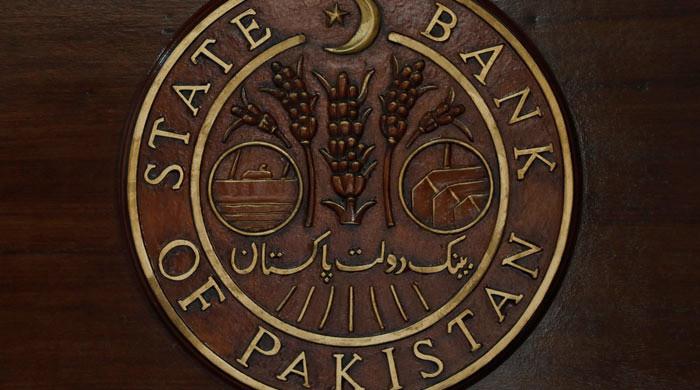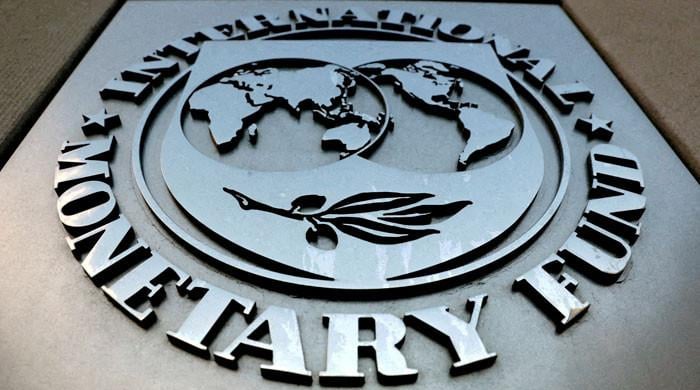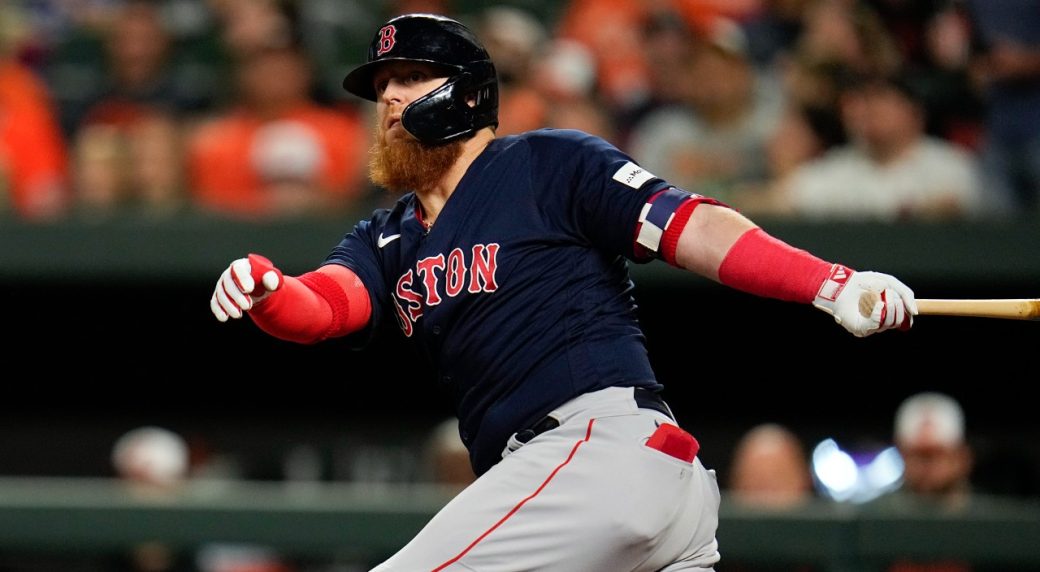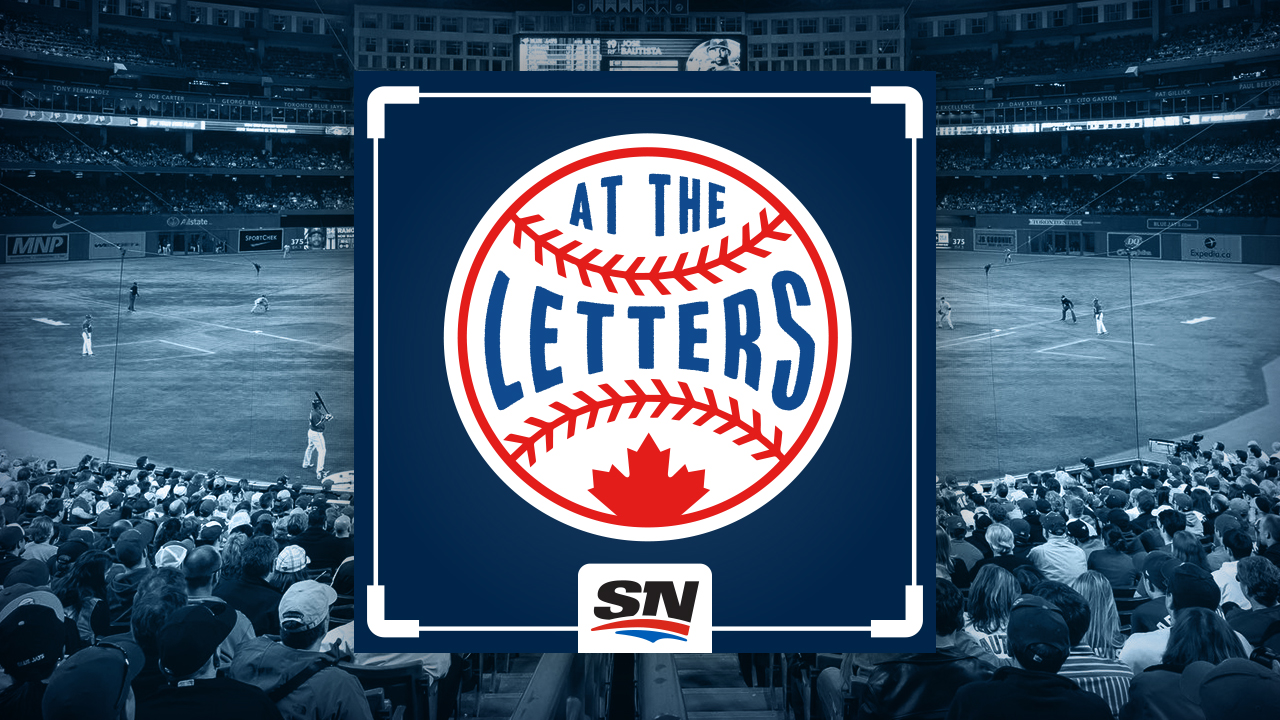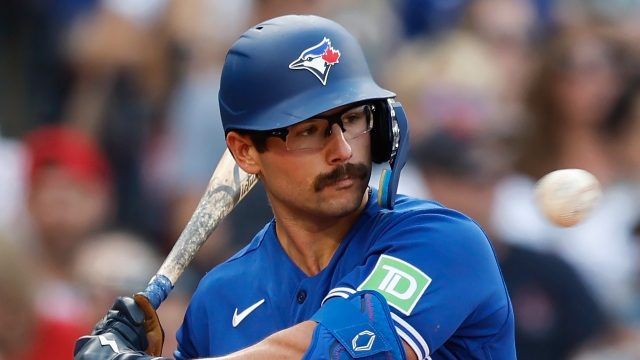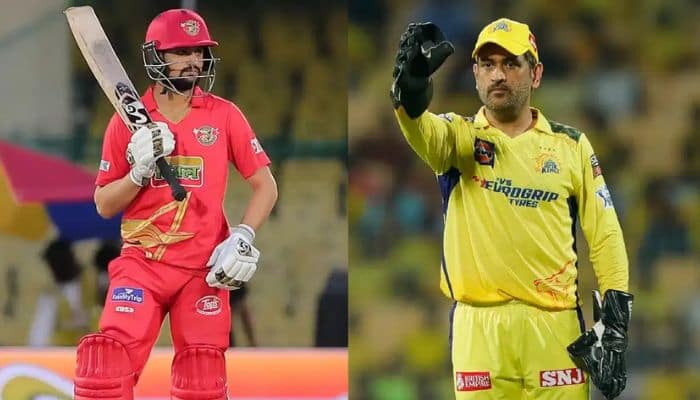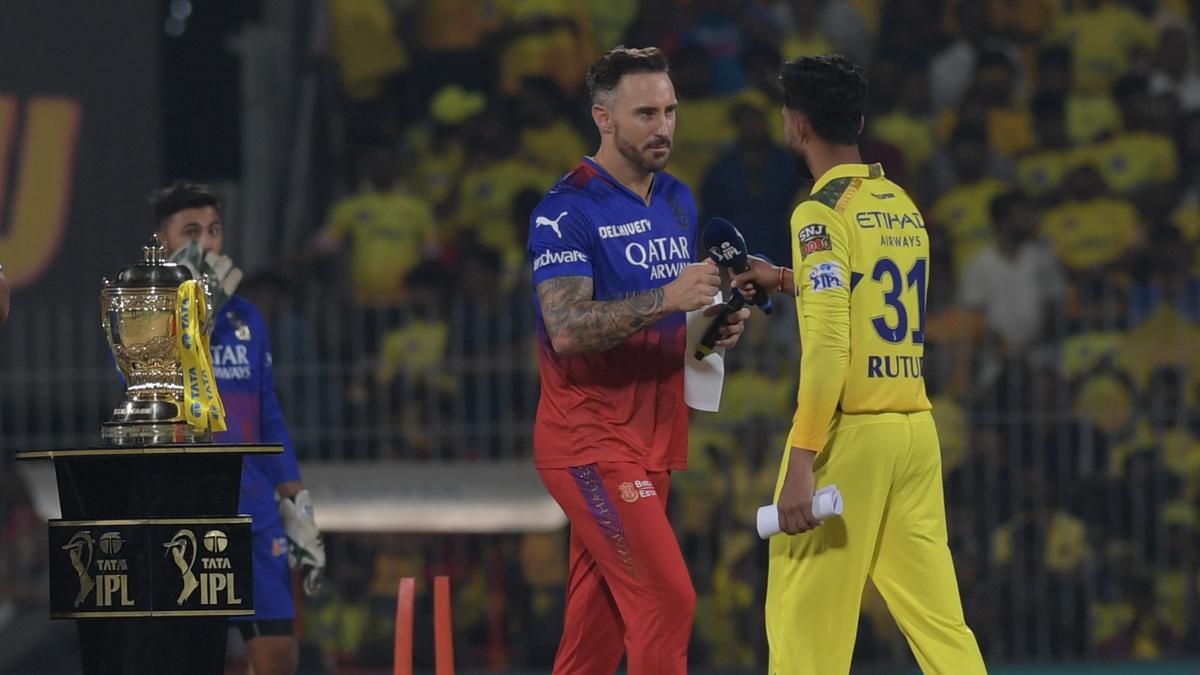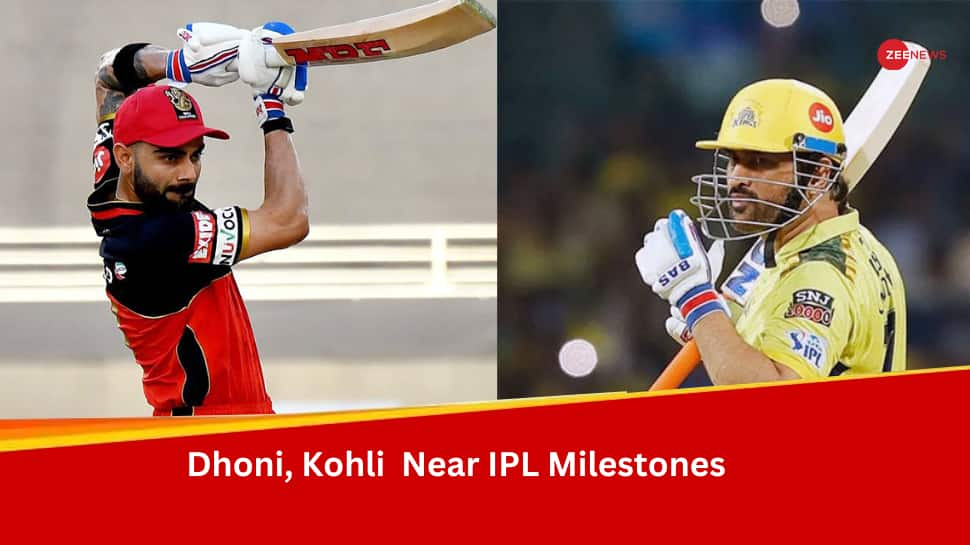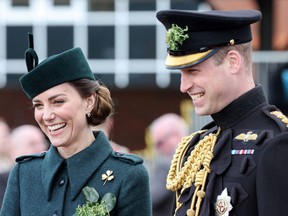[ad_1]
Ostensibly, Justin Turner was brought to the Toronto Blue Jays to be a heart-of-the-order run producer. To bat clean-up, to clear tables, to help address the conversion issues of last year’s club, which hit (107 wRC+, tied for 7th among MLB teams) yet didn’t score (4.6 runs per game, tied for 14th).
But maybe he should be batting leadoff instead. Maybe the top of Toronto’s opening-day lineup should look like this:
1. Justin Turner
2. Bo Bichette
3. Vladimir Guerrero Jr.
4. George Springer
Think about it. What do you want in a leadoff hitter?
You want a leadoff hitter who gets on base. Turner gets on base a ton. His .345 OBP last season would’ve been second on the Blue Jays to Brandon Belt, and his .360 OBP over the last five seasons is a top-25 mark across MLB.
You want a leadoff hitter who minimizes strikeouts. Well, Turner’s 16.8 per cent strikeout rate since 2021 is an 80th percentile mark across MLB.
You want a leadoff hitter who makes a pitcher work. Turner does that, too. Only six qualified hitters averaged more pitches per plate appearance last season than Turner’s 4.27. Again, Belt was the only Blue Jay to average more. Don’t underrate the knock-on effect of a long first-inning battle. Seeing more pitches doesn’t only sap a pitcher’s effectiveness; it shows the rest of the team what calibre of stuff he’s working with that day and how he’s using it.
You want a leadoff hitter who draws walks, which Turner has worked at a 9.2 per cent clip over the last three seasons. You’d prefer something in the double digits — but it’ll do. Particularly when Turner is chasing less than a quarter of the pitches he sees outside the strike zone, as he has over the same span — a chase rate that ranks within the top 20 per cent of MLB hitters.
You want a leadoff hitter who makes good contact. This is where Turner makes up for that relatively ordinary walk rate. He gets his bat to everything. He’s never posted a single-season contact rate lower than 80.5 per cent. Last year, it was 84.3 — that would’ve ranked second on the Blue Jays to Alejandro Kirk. The MLB average is typically around 76.
The one trait Turner lacks is speed. We’ll give you that. The 39-year-old will not only be one of the slowest Blue Jays this year, he’ll also be one of the slowest players in the league. Statcast assessed him as being worth -4 runs on the basepaths each of the last two seasons.
But who cares? The Blue Jays aren’t small-balling their way to first-inning leads. No matter how you order it, the top of this lineup will feature four players with average-at-best sprint speeds and power-predicated approaches. None of these dudes are looking to slap singles.
Did Yandy Diaz’s 31st percentile sprint speed and negative baserunning value stop the Tampa Bay Rays from batting him leadoff? Brandon Nimmo, Kyle Schwarber, J.P. Crawford, Jose Altuve — there are plenty of below-average baserunners with above-average on-base and contact ability leading off for good teams across MLB.
Are the Blue Jays a team built to burn around the bases? Nope. Toronto was a bottom-10 baserunning team last season and has since lost two of its three fastest players — Whit Merrifield and Matt Chapman — while adding an average runner (Isiah Kiner-Falefa) and a plodder (Turner). This season, its best baserunners (Kevin Kiermaier and Daulton Varsho) will be hitting towards the bottom of the order.
And hopefully, they’re getting on base for Turner when his leadoff spot comes back up. Batting leadoff doesn’t mean Turner can’t be a run producer. It only guarantees him batting with bases empty in one inning. After that, the guarantee is he’s more likely to come to the plate late in games.
That’s something the Blue Jays will want. Not only because most projection systems see Turner as the club’s third- or fourth-best hitter this season, but because he battles so competitively and gets on base so often, which will extend innings when the Blue Jays are trying to rally or stretch leads.
Now, a friction point of this gambit is the uncomfortable conversation it would necessitate with George Springer. But the Blue Jays already began peeling that Band-Aid off in 2023 when they moved Springer out of the leadoff spot for a month mid-summer. Compared to Turner last season, Springer got on base less often, saw fewer pitches per plate appearance, struck out more and made less contact — all things that remain true when considering their career numbers.
What Springer’s done just as well as Turner, and on some occasions better, is make hard contact. Slug, clear fences, barrel the baseball. Maybe that’s a much better fit for the heart of the order than the leadoff spot. Maybe the clean-up bat was here all along — and what the Blue Jays actually added in Turner is their new leadoff hitter.
LOOKING FOR A BENCH BAT VIA TRADE
The Blue Jays could clearly still use an upgrade on their bench, ideally in the form of a playable outfielder who thrives against left-handed pitching. Someone to pinch-hit for Kiermaier or Varsho late in games against leverage lefties, start in place of them against tough left-handed starters and help allow Springer the occasional DH day off his feet.
We sifted through some of the free agent options last week. Unless markets for Tommy Pham, Michael A. Taylor, or Adam Duvall crater and one of those three suddenly become amenable to a lower salary and limited role, Robbie Grossman appears the best fit.
The switch-hitter played a 420-plate appearance part on a contender last season and has OPS’ed .808 against lefties for his career. He annually runs chase and walk rates among the most disciplined hitters in the league. Grossman’s defensive track record’s spotty — but this is a bat-first move, not a defensive one. You just need someone who won’t kill you in an outfield corner.
Could there be anything available via trade? Well, the Washington Nationals seem like a good place to start that hunt. In Lane Thomas, Stone Garrett, Victor Robles, Alex Call and Jacob Young, Washington has a glut of right-handed hitting outfielders on its 40-man roster. And only so many reps to go around with Joey Gallo now in the fold plus top prospects James Wood and Dylan Crews nearing MLB readiness.
Thomas is the guy you’d want, but the Nationals would drive a hard bargain for a player who really ought to be a starter somewhere anyway.
Garrett’s a fascinating talent, but it could be tough to align on value considering his inconsistent minor-league track record and that his 2023 ended with a fractured fibula in late August.
So, how about Call? He’s on the outside looking in of that outfield picture and a potential change-of-scenery candidate following a frustrating season. Shrouded by underwhelming overall offensive numbers in 2023 was Call’s 111 wRC+ against left-handed pitching — the same as Pham’s.
Call defends well, manages the strike zone and provides speed on the bases — traits we know Toronto values in this role. The acquisition cost ought to be low and, with options remaining, the Blue Jays could send him to triple-A if things aren’t working out. He isn’t going to be an all-star, but he is an upgrade on what the Blue Jays currently have.
Beyond that, Rob Refsnyder would be a fit, but the Boston Red Sox have no reason to move him. Mark Canha is a player the Blue Jays should have acquired at last year’s trade deadline and one they may find themselves revisiting this coming July if and when the Detroit Tigers struggle. Austin Slater is entering his walk year, and the San Francisco Giants may want to recoup some value before he hits the open market. You could say the same thing about J.D. Davis.
Ultimately, given what’s available and the limited role the Blue Jays have to offer, this roster need is looking like one that may not get solved until the trade deadline. But that doesn’t mean the club shouldn’t try to find an upgrade in the meantime. The Blue Jays could bring Enrique Hernandez or AJ Pollock to camp on a minor-league deal to see if they still have something in the tank. They can make claims on any out-of-options fits that hit the waiver wire at the end of spring training — this year’s Jordan Luplow.
Toronto’s position player depth is thin. Davis Schneider is currently positioned to see substantial playing time. With no further additions, the Blue Jays will have one of Spencer Horwitz, Nathan Lukes, Ernie Clement or Otto Lopez on their opening-day bench. Possibly two of them if someone further up the roster gets hurt in camp. That’s why, if there’s an opportunity to add another proven, major-league calibre bat between now and March 28, the Blue Jays ought to pursue it.
Arden Zwelling is an on-field reporter for Blue Jays broadcasts on Sportsnet. Gap to Gap is his regular space for expanded Blue Jays and MLB notes, thoughts, and non-sequiturs that don’t quite fit on TV.
Maqvi News #Maqvi #Maqvinews #Maqvi_news #Maqvi#News #info@maqvi.com
[ad_2]
Source link


